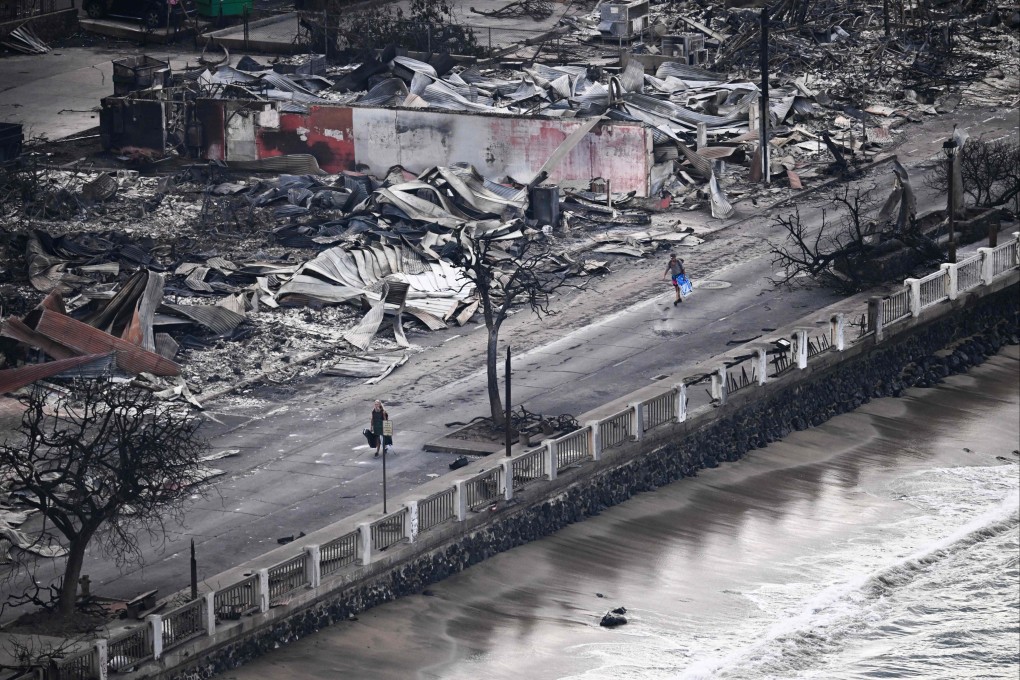Advertisement
Opinion | Wildfires in the US, storms in China: how Hong Kong can show it is heeding climate warnings
- A World Meteorological Organisation warning seems to have gone unheeded by the top greenhouse-gas emitters
- As Hong Kong’s chief executive gears up for his second policy address, he must set firm decarbonisation targets for carbon-intensive industries
Reading Time:3 minutes
Why you can trust SCMP
0

Higher global average surface temperatures made July the hottest month on record. In the past few months, extreme heat and dryness have sparked and increased the severity of wildfires, burning large areas of forest, destroying property and taking lives in Canada, southern Europe, the mainland United States and, most recently, Hawaii.
In the East, more powerful storms have been created due to warmer seas, bringing destruction through heavy downpours to India, South Korea, Japan, Beijing and other parts of northern China.
Petteri Taalas, secretary general of the World Meteorological Organisation (WMO), said in late July: “The need to reduce greenhouse gas emissions is more urgent than ever before. Climate action is not a luxury but a must.”
The WMO also warned us that the world is expected to breach a critical climate threshold in the next five years as global temperatures keep rising.
The statement from the WMO was intended to trigger nations – in particular the world’s two largest greenhouse gas emitters, China and the US – as well as leaders of multinational companies to respond with stronger commitments of action to prevent global temperatures from rising further. Unfortunately, the response so far has been disappointing.
In the US, the Biden administration announced a hazard alert to protect workers from extreme heat. It is also investing US$7 million to improve weather forecasting and US$152 million to strengthen the water storage capacity in places like California and Washington that have been seriously affected by drought.
Advertisement
